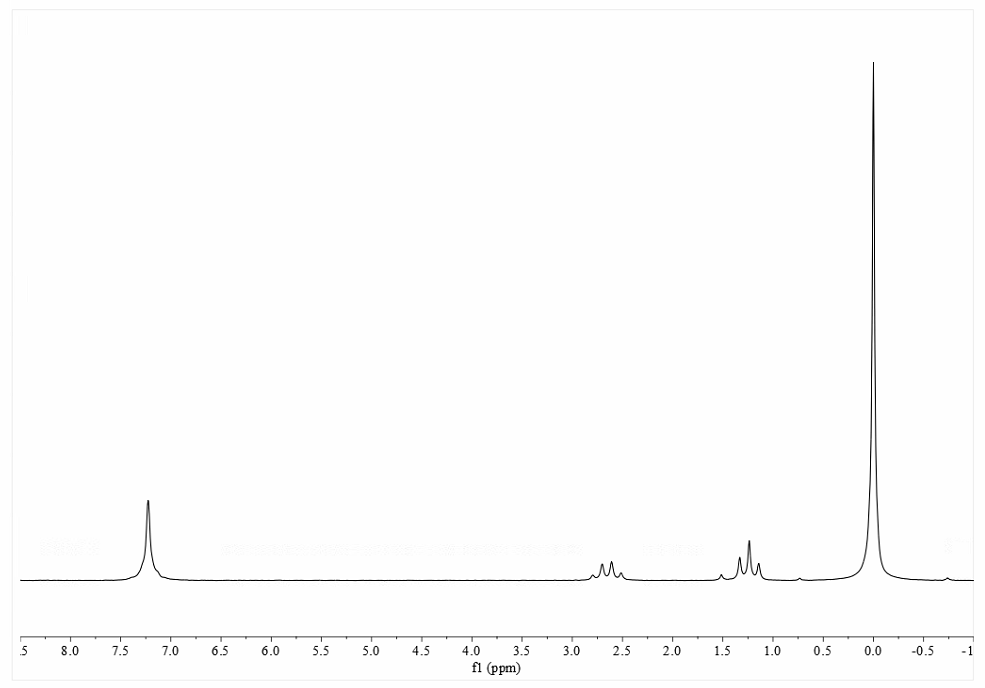
- #Mestrenova nmr peak broad pdf#
- #Mestrenova nmr peak broad full#
If the sample contains significant solids, it is best to filter any particulate from the sample before transferring to the tube. This also gives you the opportunity to treat the sample with heat or vortexing in order to get complete dissolution. Once the sample is in the NMR tube, effective mixing can be difficult. You may want to use a small vial to dissolve the solid sample and transfering it to the NMR tube with a glass Pasteur pipette, especially if your sample is not easily solubilized. Consider preparing your sample in a secondary vial. This will dilute your sample, waste solvent, and make shimming more difficult. #Mestrenova nmr peak broad full#
Do not fill the NMR tube full of solvent.
Typical NMR samples contain 0.6-0.7 mL of deuterated solvent. Other, less common deuterated solvents can be ordered through Chemistry Stores from Cambridge Isotope Laboratories or Sigma-Aldrich/Isotec. Common solvents include chloroform-D, acetone-D6, benzene-D6, deuterium oxide (D 2O), DMSO-D6, ethanol-D6, and methanol-D4. Common deuterated solvents are available in small quantities from ISU Chemistry Stores. These reasons include deuterium lock, shimming, and providing an “invisible” background material that will not be observable in a 1H spectrum. Deuterated solvents, in which 1H atoms are replaced with 2H atoms, are typically used in solution NMR for a variety of reasons. Use the proper solvent and amount of solvent. Gentle heating of the sample or removing residual paramagnetic ions may improve lineshape. Broad lines regardless? Very viscous samples or samples that contain paramagetic ions (even in small quantities) can produce broad spectral lines. Please consult literature associated with your molecule of interest for advice regarding sample concentration in these situations. For larger molecules and polymers, the amount of material needed may be significantly greater. Overly concentrated samples can also be difficult to shim. Bear in mind that a very concentrated sample will produce a quick 13C spectrum, but may result in a broadened 1H lineshape. When the amount of material is doubled, the resultant signal will be doubled. This amount of material will allow you to obtain a 1H spectrum in a few minutes or a 13C spectrum in 20-60 minutes. Typical 13C spectra require 50-100 mg of material. For small molecules (less than 1000 g/mol), typical 1H NMR spectra require 5-25 mg of material. Additional preparation procedures for large molecules, polymers, biomolecules, inorganic molecules, etc. This tutorial covers the basic preparation for most small-molecule organic compounds. 
Purchase of tubes and solvents is discussed below. All users must supply their own NMR tubes and solvents. This page covers a variety of considerations for good preparation of NMR samples.
#Mestrenova nmr peak broad pdf#
( Download this page in PDF format for printing)





 0 kommentar(er)
0 kommentar(er)
